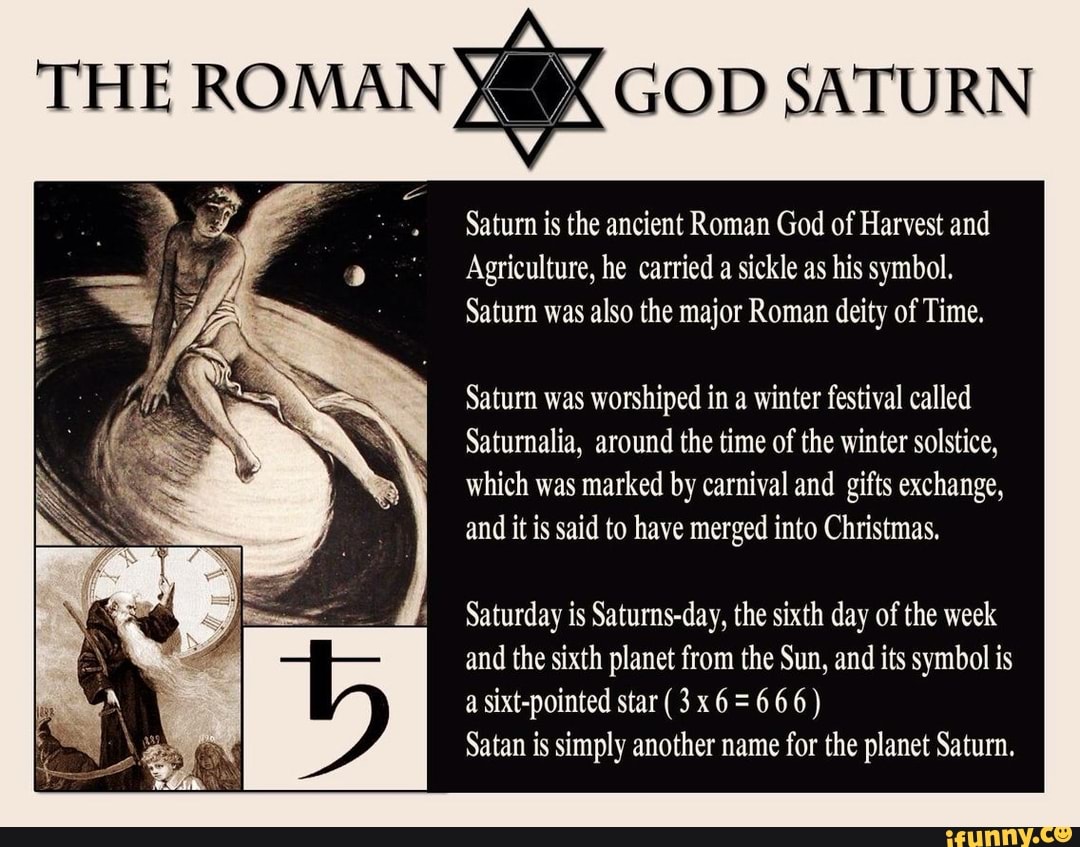
Very decadent and it has been around for hundreds of years.) Saturnalia was replaced with Christmas by the Catholic Church, to make it less pagan and to make it more solemn. It is made from chocolate cake, often decorated with marzipan mushrooms and covered in chocolate sauce. ( And in a roundabout way we now have a fabulous holiday desert called the Buc de Noel, which is shaped like a log. The huge log burned to keep the long night lit became the Yule log. In Scandinavia this festival was called Jul or Yule. Saturnalia was a Roman holiday, a festival that started off somber but became more and more raucous. Saturnalia (1783) by Antoine Callet, showing his interpretation of what the Saturnalia might have looked like Often the winter months brought famine to some parts of Europe. They had huge meals sometimes it was the last of the vegetables as well as the meats, to celebrate the return of the sun. The livestock, cattle, pigs, chickens and other animals were often slaughtered around this time-they often would not make it through the harsh winter and much of the meat was preserved in salt. The ashes of the fire on the longest night became so special many claimed it had healing properties. Is it any wonder that older cultures created ceremonies to bring back the sun and the warmth and the growing season? The northern pagans burned huge logs that last the midwinter celebrations, sometimes even saving a small last bit of the Yule log to burn in the next winter’s fire. The longer nights got colder, generally, and plants died in the cold and dark. The nights got longer and the days got shorter. Cultures from the past weren’t aware of the reason for this phenomenon and so it took on a religious meaning. We, in the modern age know about the solstices that happen twice a year and the equinoxes that occur twice a year as well (the equinoxes are when day and night are equal in length, which is what equinox means in Latin). The “sol” in Solstice is Latin for sun and the “stice” part comes from the Latin verb for standing still. The Catholic church wanted to promote Christianity (and get rid of pagan religions) so the celebration of Christ’s Mass was chosen to be on December 25 and promoted as the birth of Christ.

The pagan winter solstice observances were bigger and more wide-spread, more popular and considered more important to most non-Christian cultures.

We all know that Christmas is on December 25, but do you know why? It wasn’t necessarily because it was the date of the birth of Jesus (most biblical scholars think he was born in March, BTW).


 0 kommentar(er)
0 kommentar(er)
